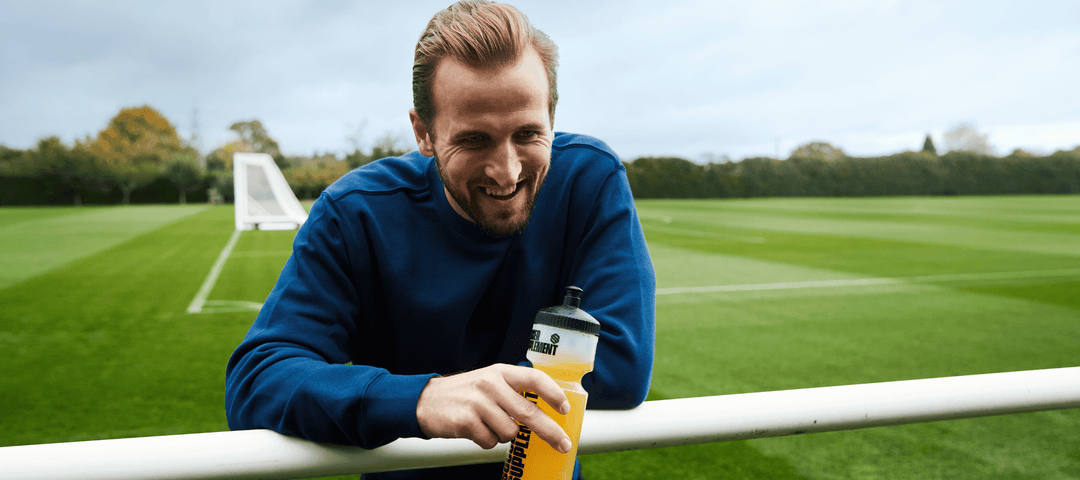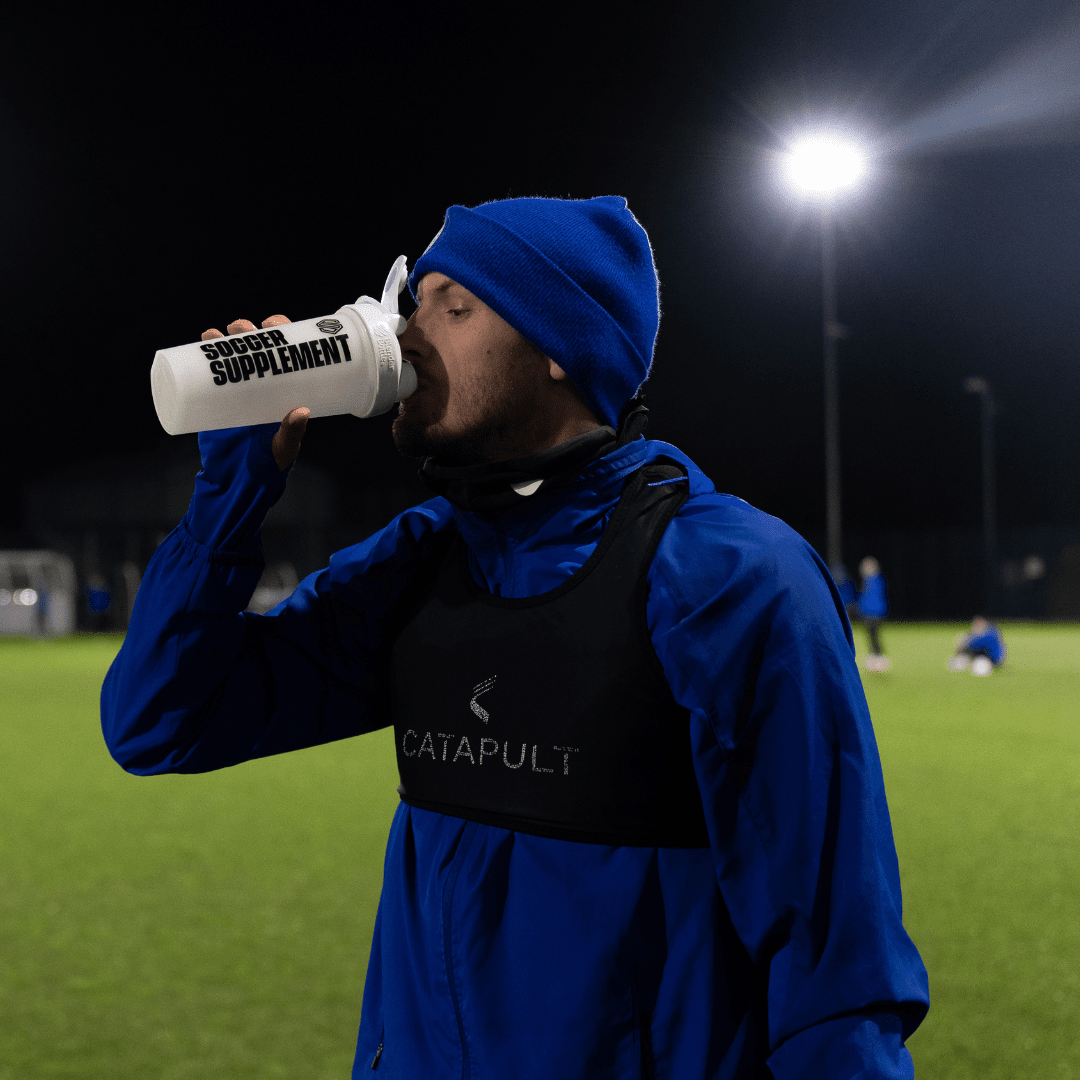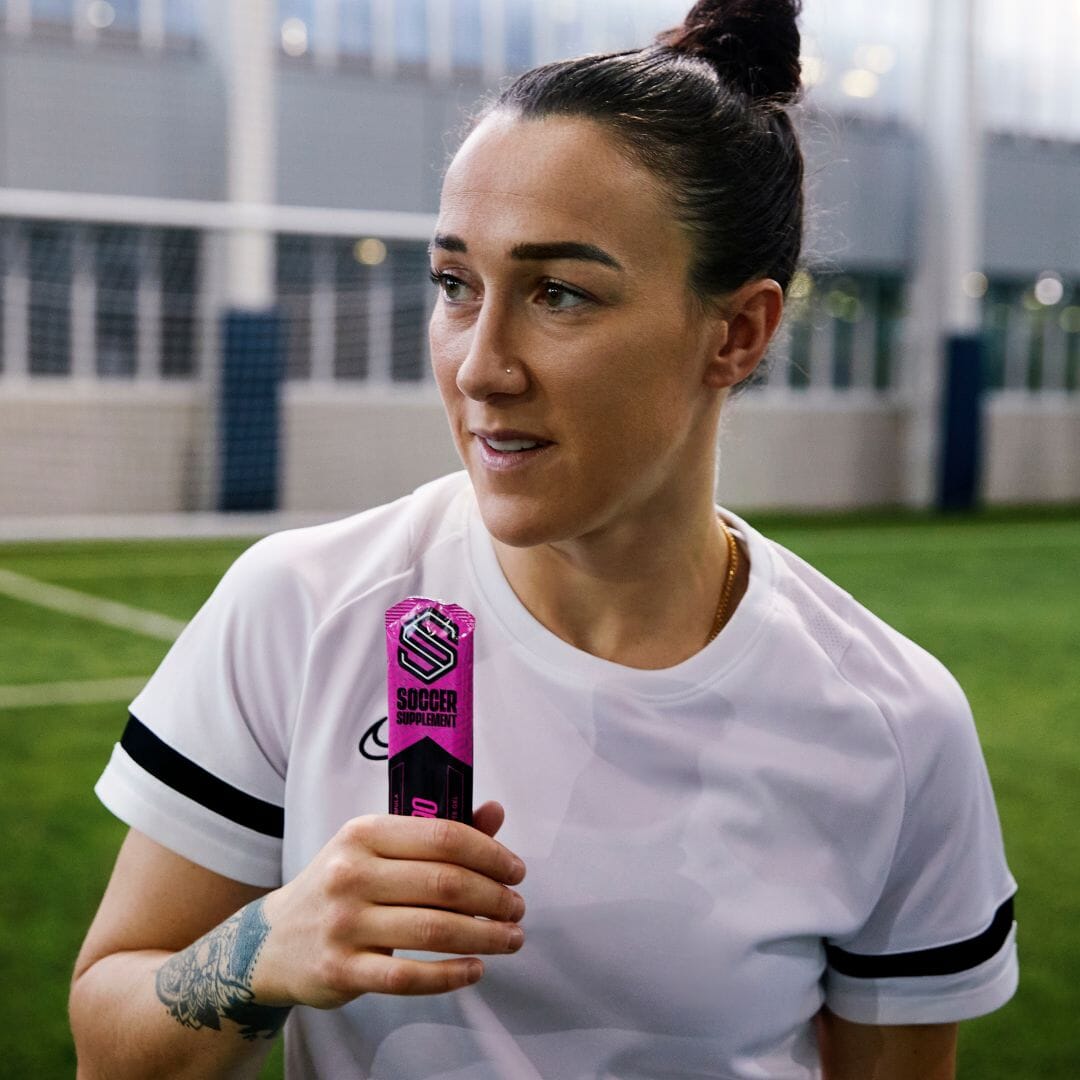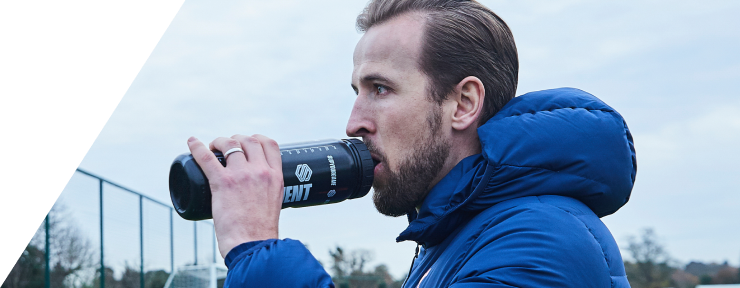Injuries are an inescapable aspect of football at any level, with recent evidence suggesting that half of all injuries are severe enough to result in three or more weeks of missed training and matches.1 Muscle and tendon injuries of the lower extremities are the most common injury type in professional players.2,3
Injuries that result in immobilisation and/or reduced training, tend to have two main stages:
- Healing and recovery stage. Right after injury, wound healing begins. This complex process involves three phases: inflammation, proliferation, and remodelling.4
- The return to activity. This stage typically consists of rehabilitation and increased activity.
Given the nature of these stages, the correct football nutrition and the effective support thereof can be crucial to speeding up the recovery process and reducing the negative aspects of reduced activity such as muscle and strength losses. The best nutritional practises for these stages are outlined below.
Football Nutrition for the Healing and Recovery Stage
- An inflammatory response occurs soon after injury, which initiates several processes that are crucial for wound healing. Contrary to the popular practise of popping ibuprofens and taking antioxidants to try and control inflammation, the best practise is to leave these well alone, since most injuries aren’t severe enough for inflammation to be an issue.
- Energy balance should be maintained. That is, the number of calories ingested should match expenditure, resulting in a maintenance of body mass. A negative energy balance will slow rates of wound healing.
Football Nutrition for the Return to Activity
- Disuse of a limb results in losses of muscle mass, strength, and function. Such losses start to occur in as little as 36 hours, with substantial losses occurring in just five days.5
- Daily protein intakes of 2-2.5g per kilogram of body mass are recommended to maintain muscle mass.4 This intake should be evenly split across 4-5 meals per day to maximise rates of muscle protein synthesis (i.e. the building of new muscle).
- Again, energy balance should be maintained, since a negative energy balance will likely result in muscle loss during immobilisation.6 Equally, a positive energy balance would be problematic, as it would cause unnecessary fat gain that will need to be shifted before returning to competition.
- A daily dose of 5g of creatine monohydrate may help speed up the recovery strength losses of immobilised limbs.7
- A few days following injury, omega-3 fish oil supplementation is a good idea. Taking 1.8-3g of combined EPA/DHA (the equivalent to 6-10 standard fish oils capsules) every day may help with maintaining muscle mass by sensitising the injured muscle to incoming amino acids.8,9
- Finally, recent research has shown that a mixture of gelatin and vitamin C can improve collagen synthesis; a key component of soft tissue repair.10 Daily doses of 15g and 200mg of gelatin and vitamin C, respectively, are recommended.
References
1. Volpi, P. & Taioli, E. The health profile of professional soccer players: future opportunities for injury prevention. J. Strength Cond. Res. 26, 3473–9 (2012).
2. Hägglund, M., Walden, M. & Ekstrand, J. Risk Factors for Lower Extremity Muscle Injury in Professional Soccer: The UEFA Injury Study. Am. J. Sports Med. 41, 327–335 (2013).
3. Stubbe, J. H. et al. Injuries in professional male soccer players in the Netherlands: A prospective cohort study. J. Athl. Train. 50, 211–216 (2015).
4. Tipton, K. D. Nutritional Support for Exercise-Induced Injuries. Sports Medicine 45, 93–104 (2015).
5. Wall, B. T. et al. Substantial skeletal muscle loss occurs during only 5 days of disuse. Acta Physiol. 210, 600–611 (2014).
6. Biolo, G. et al. Calorie restriction accelerates the catabolism of lean body mass during 2 wk of bed rest. Am. J. Clin. Nutr. 86, 366–372 (2007).
7. Hespel, P. et al. Oral creatine supplementation facilitates the rehabilitation of disuse atrophy and alters the expression of muscle myogenic factors in human. J. Physiol. 536, 625–633 (2001).
8. Otranto, M., Do Nascimento, A. P. & Monte-Alto-Costa, A. Effects of supplementation with different edible oils on cutaneous wound healing. Wound Repair Regen. 18, 629–636 (2010).
9. Smith, G. I. et al. Omega-3 polyunsaturated fatty acids augment the muscle protein anabolic response to hyperinsulinaemia-hyperaminoacidaemia in healthy young and middle-aged men and women. Clin. Sci. (Lond). 121, 267–78 (2011).
10. Shaw, G., Lee-barthel, A., Ross, M. L. R., Wang, B. & Baar, K. Vitamin C – enriched gelatin supplementation before intermittent activity augments collagen synthesis 1 , 2. 1–8 (2016).






